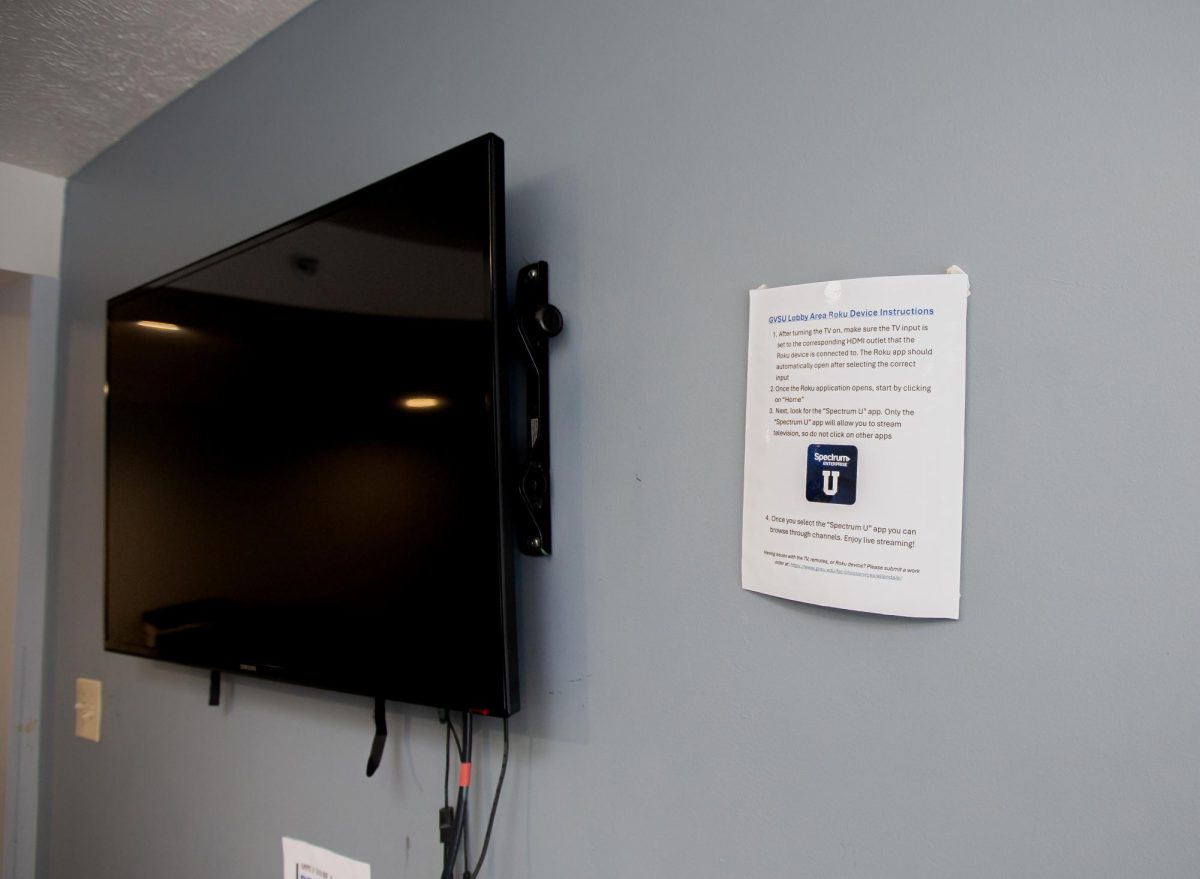Michigan students need debt help

U.S. Senate Photographic Studio
GVL / Courtesy – U.S. Senate Photographic Studio Debbie Stabenow
Mar 31, 2016
America should always be a place where a person who is willing to work hard has a fair shot to get ahead and have success in life, no matter his or her background.
People like Tina Reyes, from Flint, Michigan, who earned the grades that got her accepted into one of our top Michigan universities. When she graduates this summer, she will be the first person from her family to achieve that important milestone.
Unfortunately, this accomplishment came at a heavy cost. Tina’s family couldn’t afford to pay for her tuition, housing and all the other costs that come with college, so she had to take out a lot of student loans, and by the time she accepts her diploma she will have roughly $100,000 in debt.
It will be incredibly difficult for Tina to find an entry level job that pays enough for her to cover her costs of daily life and keep pace with her loan payments. Tina told me that having debt like this is like having “monsters under my bed.”
And Tina is not alone. Last month, I talked to students via Google Hangout, and I visited campuses around the state of Michigan so I could hear directly from students about how we can reduce student debt, which is currently $1.3 trillion – and growing. The average college graduate in Michigan graduates with $30,000 in debt. As a result of this debt, people like Tina will have difficulty buying the car they need to get to work, putting a down payment on a home or starting a new business.
Our policies should make it easier for Americans who work hard to join the middle class, not harder. That is the purpose of a new piece of legislation I am co-authoring called the In The Red Act.
Introduced in Congress in March, the In The Red Act would ease the burden of debt for recent graduates at the same time as it makes college affordable to low-income students.
If passed, the In The Red Act will allow student borrowers – with either private or federal loans – to refinance those loans at lower rates offered to new borrowers in the 2013-14 school year. That means rates of 3.86 percent for undergraduates, 5.4 percent for graduate students and 6.4 percent for parents.
The Pell Grant makes it possible for millions of students from low and moderate-income families to go to college. But as the costs of college have gone up, more and more of those students have had to go into debt to finish college. The In The Red Act would increase Pell Grant awards by tying future Pell Grant increases to inflation. In 10 years, the maximum Pell Grant Award to a Michigan student would be $1,300 larger than under current law.
Getting a degree or job training from a community college opens the door to a lifetime of higher earnings, but for many, the tuition costs make it impossible to enroll. The In The Red Act would provide federal matching funds to states so they can waive tuition fees for two years of community and technical college programs. In other words, two years of tuition free college!
The In The Red Act is based on the belief that the American dream should be available to every person and that a degree from a community college or a university is the most effective way to achieve that dream.
Massive student debt makes no sense. It’s time for our country to get on the path to debt-free college.

























